According to the color of wine, we generally divide wine into 3 categories, namely: red wine, white wine and pink wine. However, the color of wine will vary with the grape variety, production area and brewing method. Even the wine of the same category will have subtle or even significant differences in color. So in fact, the colors of wine are far more than these three.
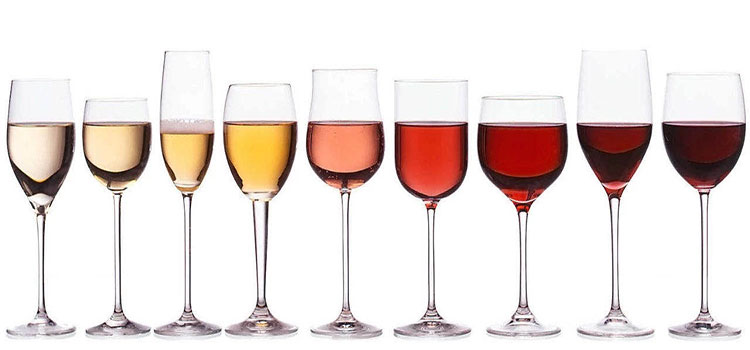
Although we can't determine the color, year and variety of this wine based solely on the color of the wine, we can still have a rough guess on this wine macroscopically, especially in the blind tasting, a simple glance can exclude many Interference information. The following editor will give you a list of the colors that wine often appears, and the reasons for these colors.
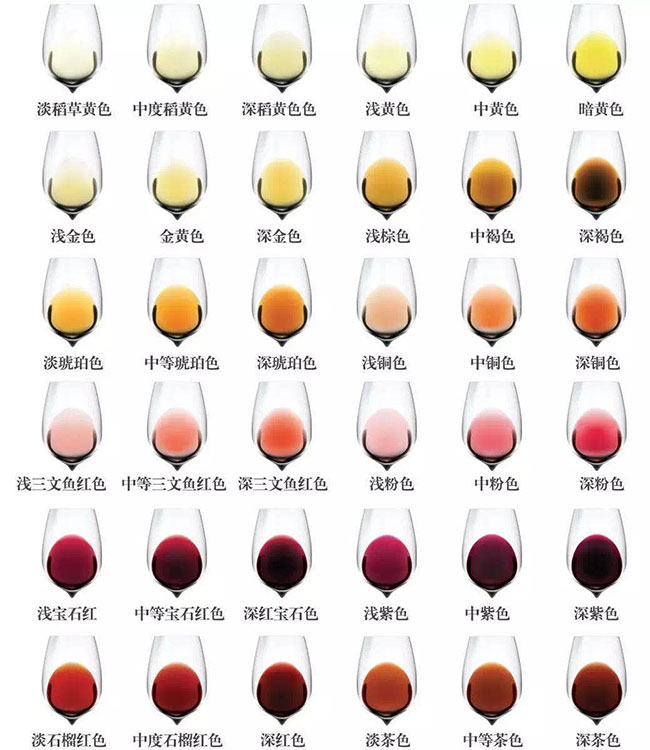
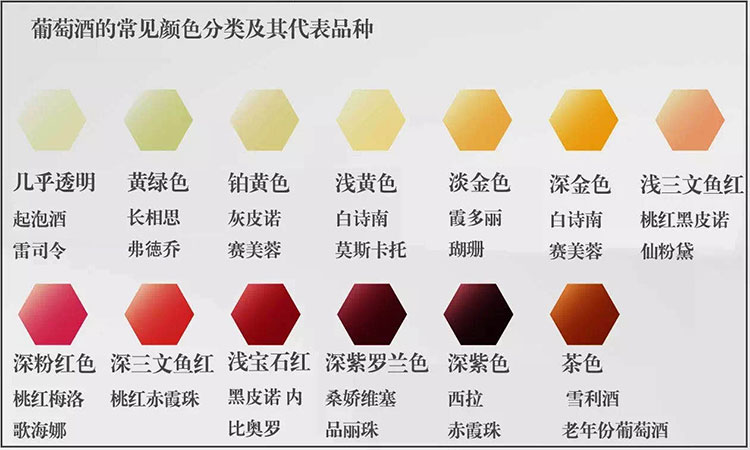
(1)Different grape varieties produce different colors of wine. Grape varieties such as Cabernet Sauvignon, Syrah and Malbec are usually very dark black and bluish-purple; Pinot Noir and Nebbiolo ,The color will be lighter, like light ruby red. Different grape varieties produce different wine tannins. Red wines with higher tannin content are usually opaque, with the exception of Nebbiolo.
(2) Related to the ripeness of grapes
Generally, the higher the ripeness of the grapes, the higher the sugar content, and the darker the color of the grape skin. It will be particularly deep.
In addition to the rare red-skinned red meat grape varieties, most of the red and white grape varieties are transparent, so the red grape varieties can also produce white wine. The color of red wine mainly comes from the impregnation process during brewing. In fact, the impregnation is to dip the peel and even the grape stems in the grape juice during brewing, so as to extract the pigment and tannin in the peel.
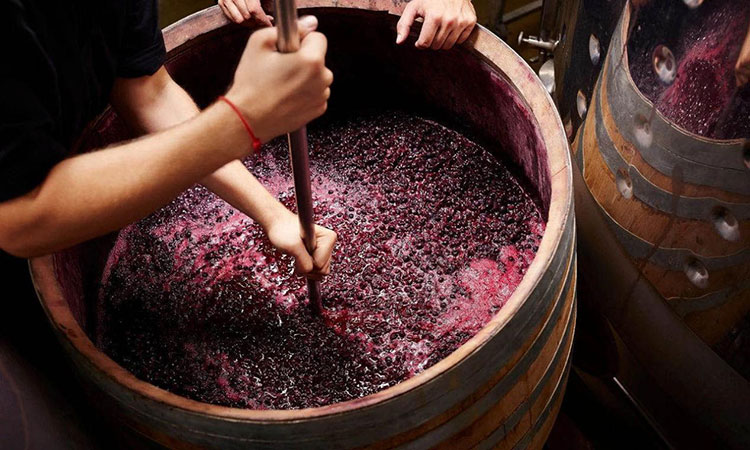
Rose wine is the grape juice, after the skin of the grape juice for a short period of time to macerate, so that the color is very light rose wine.
In the process of fermentation, temperature will also affect the color of wine. Generally, red wine will become lighter when the fermentation temperature increases.
4.Related to acidity
The color of the wine is affected by the acidity of the wine liquor. At the same time, other variables will also affect the color of the wine, for example, cochromism, sulfate content, etc., but generally speaking, the following principles are followed:
(1) Higher acidity, that is, the lower the pH value, the more stable the pigment and the darker the wine.
(2) Usually when the pH value of wine is 3.4–3.6, the wine body is dark purple.
(3) When the acidity is low, when the pH value is higher than 3.6, the wine is purple-red.
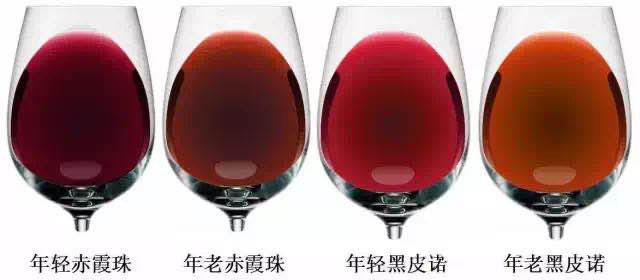
(4) It is related to whether it is aged
With the increase of sulfite content, the color of red wine will become lighter after aging, and many of them will change from dark red to dark brown after aging; the color of white wine will deepen after aging, and gradually turn into dark golden, and finally Turns into tan.